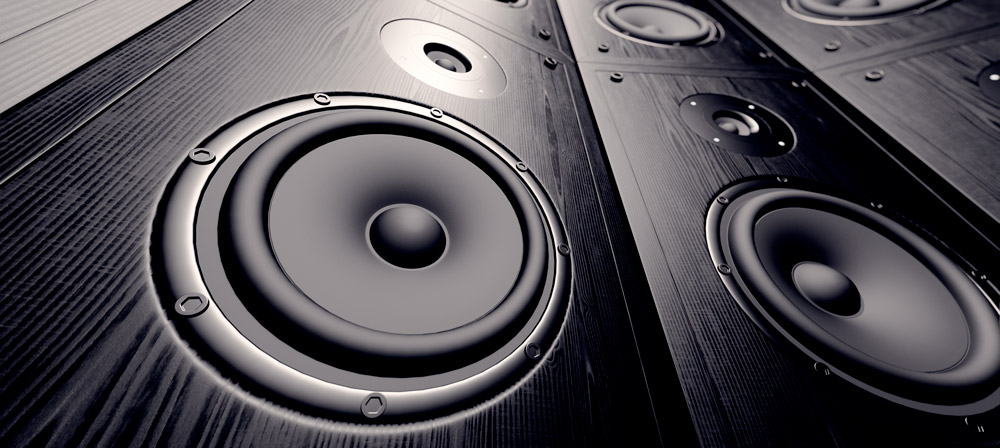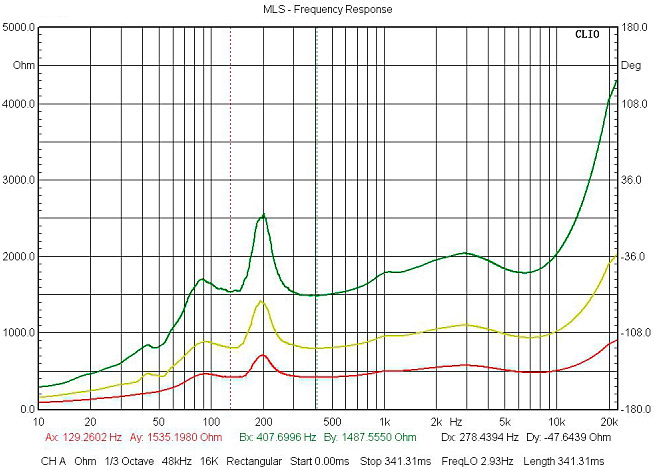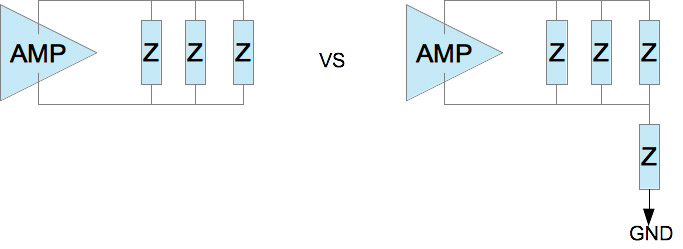
22 Aug How to measure a speaker line impedance
Measuring the impedance of a speaker is a delicate operation that becomes more complex when performing a speakers line installation. In this post we will explain how to control it to obtain the best results and protect the integrity of the systems.
The impedance of a speaker is its resistance according to its frequency. Therefore, it’s a magnitude that should be taken into account when performing a sound installation, measuring it correctly and also monitoring it.
In the case of speakers lines, the impedance must be measured with an LCR component tester, since the amplifiers work in the audio frequency range (20Hz-20KHz).
When we talk about impedance, we use a component tester in the frequency domain, precisely for what we’ve just noted: this value is not the same as the resistance measured with a multitester on the same line.
This is the impedance formula:
Z = R + jX.
In this formula, R represents the resistive or real part and X is the reactive or imaginary part of the impedance, since there are two types of reactances: inductive, due to the existence of inductors, and capacitive, due to the existence of capacitors.
In the following sample graph we can see the impedance of a speaker in frequency:
HOW TO CONTROL THE VALUE OF IMPEDANCE
The resistance value taken with a tester or multimeter corresponds only to the actual part of the impedance when the frequency is 0Hz, i.e. for a continuous signal. When we’re talking about public address systems, the correct value is taken with the impedance meter, since we work in the frequency domain, making measurements at 120Hz and 1KHz for example.
Likewise, the value of the impedance must be controlled both between terminals and between terminal and ground, since an earth leakage (and not necessarily a short-circuit) between the line’s branches and the ground causes the amplifier not to be working in its specified range. This also causes damage to the exciter and it will depend on the exposure time, signal level, etc.
Let’s see an example, a 6W@100V speaker with an impedance of 1.7 Kohms. If we have an impedance between a terminal and ground below that value, that’s the same as if a speaker is connected between a terminal and ground, modifying the impedance and topology of the load seen by the amplifier, being able to be working outside its specified range.
If you are using any of our LDA speakers or components in your installations and you have any doubt about the line impedance, do not hesitate to contact us. Our Engineering and Support Department will be pleased to help you.





